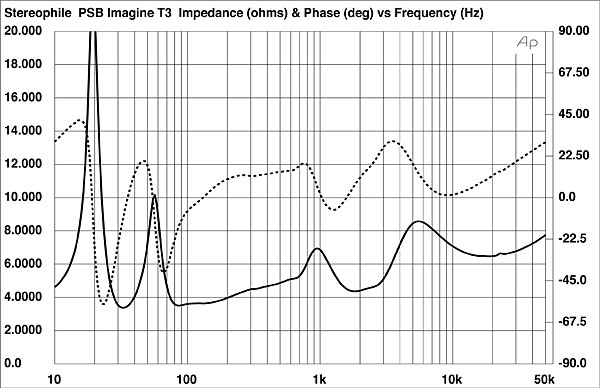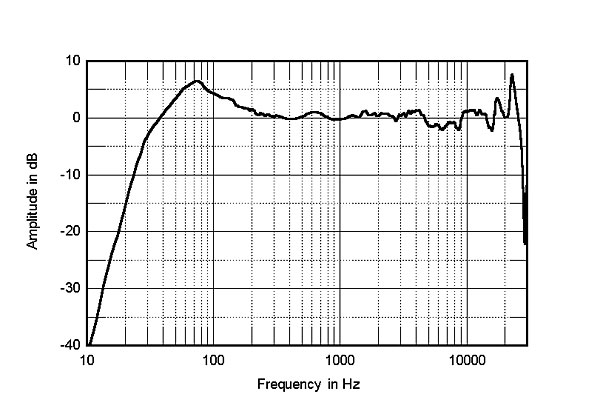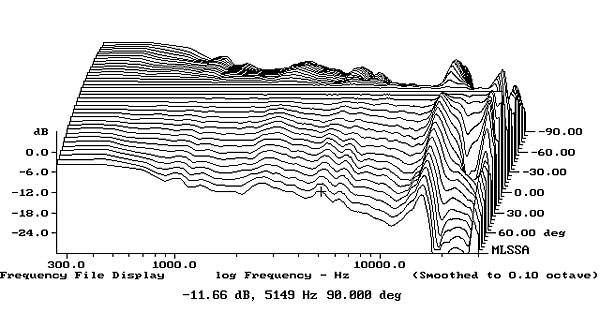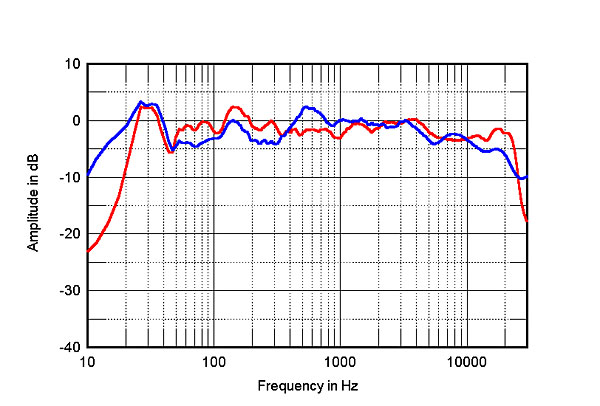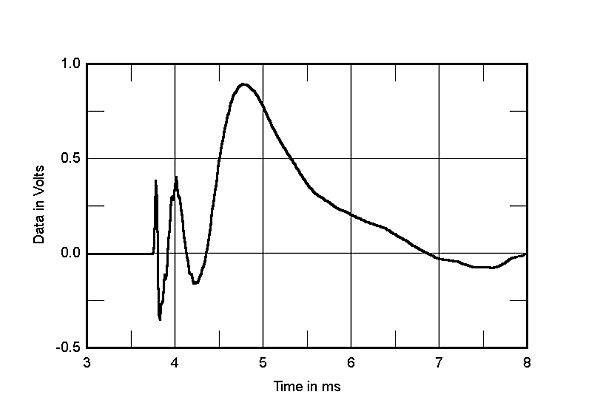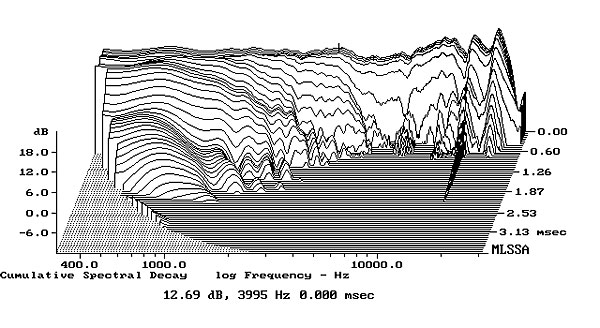| Columns Retired Columns & Blogs |
We here at Audio Doctor, www.audiodoctor.com, would like to thank John Atkinson for such a nice review of a product we love!
Audio Doctor, has one of the largest collections of high end audio on the East Coast, and we sell many different brands of High End loudspeakers, including Dali, Paradigm, KEF,KEF Reference, KEF Blades, Polymer Audio, Jantzen,Tannoy, Cabasse,and others.
We ordered our demo pair of the T3's, without ever hearing them, based on some positive rumors that the speakers were extremely good, and were comparable to much, much, more expensive loudspeakers.
We also had positive experiences with the previous PSB Syn Ones which were excellent, however on comparison, the PSB T3 were in a totally different league!
The PSB T3's tweeter although it looks to be identical, is actually far cleaner with more extension and sweetness over the earlier incarnation of this tweeter.
The PSB's midrange is also cleaner, and the entire speaker's sound stage is considerably larger.
The bass of the PSB T3 is awesome, deep, tight, and prodigious!
If you look at how much speaker you get with the T3, it is clear that you have to spend $5,000.00-$7,000.00 over the cost of the T3's, to really move into a higher class of speaker one that will be actually better and better by degree.
To say that the T3 is revelation, and a bargain for the price, is an under statement.
Many people would never think that a PSB product could be listed as a true reference and compete with the world's best loudspeakers man you would be so wrong!
Paul Barton has done it again, he has raised the bar for affordable reference speakers, we have found that a pair of the PSB T3's, with good electronics, and a good source, will give you one hell of sound!
